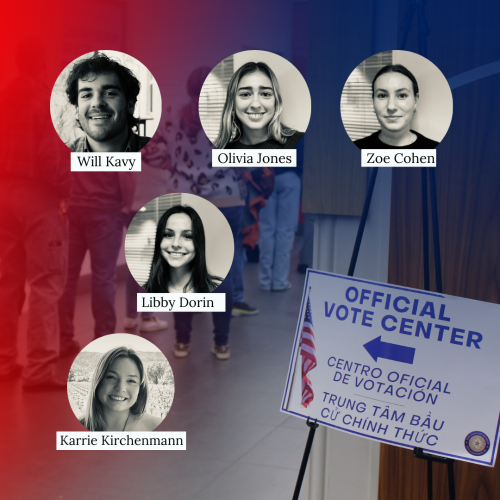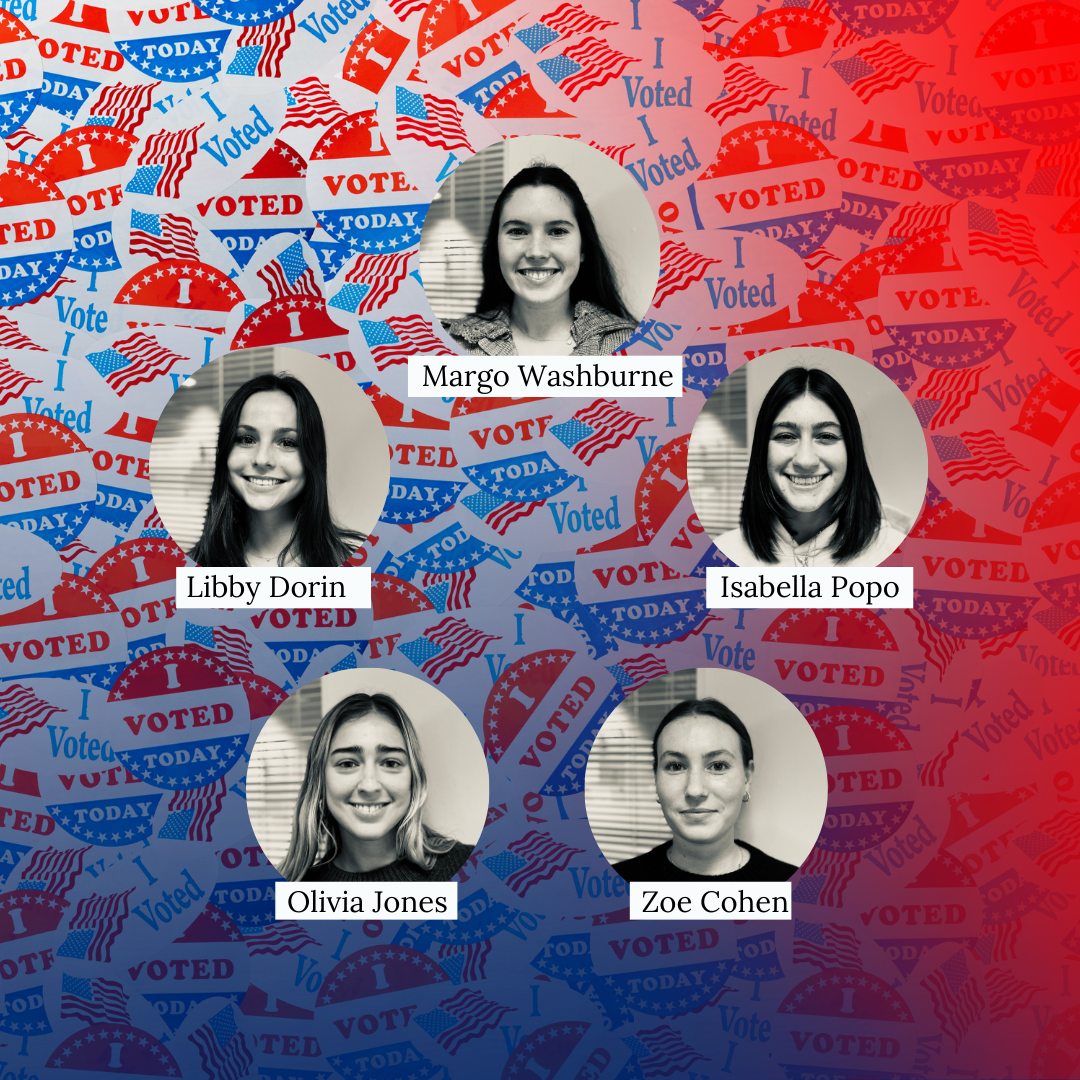With a government in gridlock, a debt ceiling looming and political pundits already grasping at the next presidential election, it’s time to wake up and smell the cannabis. We don’t have our act together. When 20 states allow the legal sale of medicinal marijuana while the federal government still leers at the drug with “Reefer Madness” goggles, something is out of sync.
Based on the 1970s Controlled Substances Act, the federal government classifies marijuana as a Schedule I drug. This label asserts that marijuana has a high potential for abuse, no accepted safety standards and most damning: no medical use. Schedule II drugs, however, have accepted medical uses. Think for a second about drugs you consider safer than marijuana. Do meth, cocaine and opium jump out at you? If not, you’re already one step ahead of the federal government, which considers these and other Schedule II drugs more appropriate for patients than a joint. This kind of hazy logic relies on old school fear politics rather than clear-headed decision making.
As for negative side effects, inhaling smoke in any form is harmful to the lungs. However a multitude of methods to ingest the drug have cropped up alongside the medical marijuana movement from vaporizing (think e-cigarettes) to topical lotions. Preliminary studies show marijuana’s effectiveness at treating illnesses from glaucoma to diabetes. Even cancer victims and HIV/AIDS patients can benefit from the drug indirectly – cannabis increases the appetite, can improve quality of life and alleviates many painful symptoms of terminal illnesses.
Unfortunately for these patients and millions of Americans, marijuana’s Schedule I classification makes it nearly impossible for researchers to investigate its medicinal potential. The only legal marijuana source for research in America is the National Institute on Drug Abuse which rarely supports studies that explore the possible therapeutic effects of the drug. Without an adequate amount of solid research conducted by academics, politicians are reluctant to back medicinal marijuana and the vicious cycle continues.
Up until the late 1930s, medicinal marijuana use was legitimate in the U.S. and pharmacists sold the drug as a pain reliever. The American Medical Association urged the Ways and Means Committee to support research into the drug and block the passage of the Marijuana Tax Act. It’s time we hearken back to the common sense of that era, change federal standards on cannabis and agree that a cancer patient in Texas has just as much a right to light up as a Californian.
Haidar is a junior majoring in journalism.








